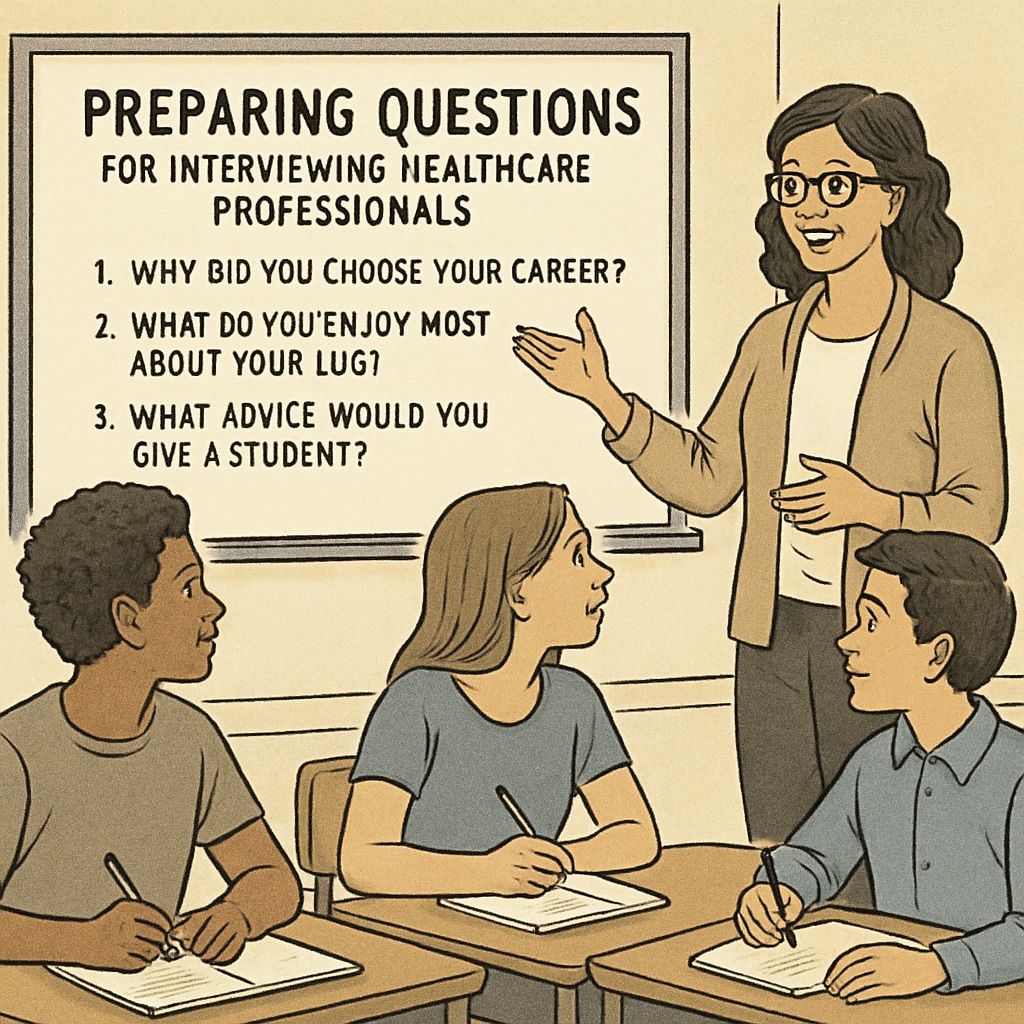Incorporating “medical careers, school projects, doctor interviews” into K12 education can inspire students to explore healthcare professions while fostering critical career awareness and planning skills. By connecting students with healthcare professionals through structured interview projects, educators can create meaningful learning experiences that illuminate the paths toward medical careers.
Why Medical Career Interview Projects Matter in K12 Education
Medical career interview projects offer students a unique opportunity to interact directly with professionals in the healthcare field. These activities not only provide insights into the day-to-day responsibilities of doctors but also highlight the educational pathways and personal qualities required to thrive in medical careers.
Such projects are particularly impactful for students who may be undecided about their future career paths. By engaging with real-world professionals, students can develop a clearer understanding of their interests and align their academic goals accordingly. Additionally, these projects help demystify the healthcare industry, making it more approachable and less intimidating for young learners.

Designing Effective Medical Career Interview Projects
To implement successful medical career interview projects, educators should follow a structured approach. Below are key steps to design and execute these initiatives:
- Define Objectives: Clarify the goals of the project, such as enhancing career awareness, improving communication skills, or understanding medical career pathways.
- Identify Participants: Reach out to local healthcare professionals, including doctors, nurses, and specialists, who are willing to share their experiences with students.
- Prepare Students: Teach students how to craft thoughtful questions, research the professional’s background, and actively listen during the interview.
- Facilitate Interaction: Organize interviews in a format that suits both students and professionals, such as one-on-one meetings, panel discussions, or virtual sessions.
- Reflect and Follow-Up: Encourage students to reflect on their experiences and discuss how the insights gained may influence their career aspirations.
By following these steps, educators can ensure that the project is both educational and engaging for students.

Tips for Engaging Healthcare Professionals
Engaging healthcare professionals in school projects requires careful planning and clear communication. Here are some tips to ensure successful collaboration:
- Highlight the Benefits: Explain how their participation can inspire the next generation of medical professionals and foster community connections.
- Provide Clear Guidelines: Share a detailed outline of the project, including the expected duration, format, and topics to be covered.
- Be Flexible: Accommodate their schedules by offering multiple options for interviews, such as evenings or weekends.
- Express Gratitude: Show appreciation through thank-you notes, certificates, or public recognition of their contributions.
These strategies can help establish productive partnerships with healthcare professionals and ensure the project’s success.
Conclusion: Empowering Students Through Real-World Experiences
Integrating medical career interview projects into K12 education allows students to explore the healthcare field in a hands-on and engaging manner. These initiatives not only provide valuable career insights but also help students develop essential skills such as communication, critical thinking, and self-reflection.
As a result, students are better equipped to make informed decisions about their futures. By fostering connections between education and healthcare, schools can play a pivotal role in nurturing the medical professionals of tomorrow.
Readability guidance: Use short paragraphs and lists to summarize key points. Ensure smooth transitions between sections and maintain an active voice whenever possible.


